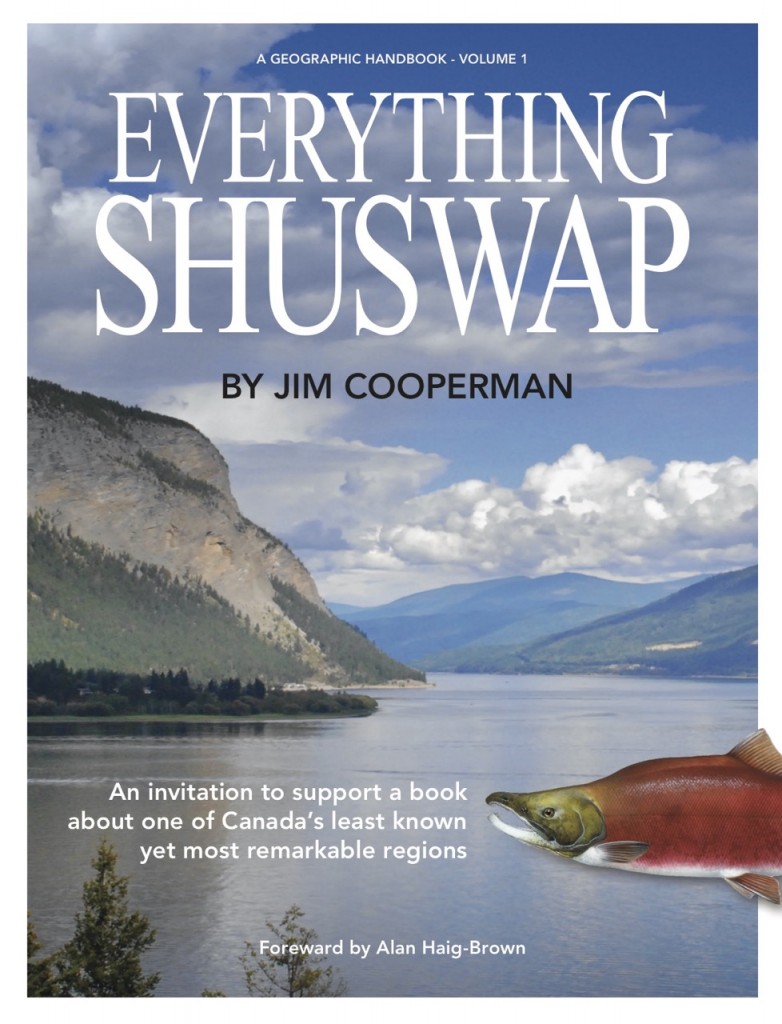
It was over ten years ago that I began writing this column with the goal of producing enough material for a book about the geography of the Shuswap. After I began to combine and add to the material for the book, it became apparent that three volumes would be needed in order to provide comprehensive coverage. When the first draft of the first volume of Everything Shuswap was completed over a year ago, a publishing plan was needed. As traditional publishers are no longer interested in regional publications, a local effort began to secure partners and funding.
One of the greatest needs for the book is for education, and when local high school teachers became aware of the manuscript they fully supported the proposed partnership with the school district, which then joined the project as the co-publisher. These teachers are now reviewing the draft to determine if any additional material or revision is needed.
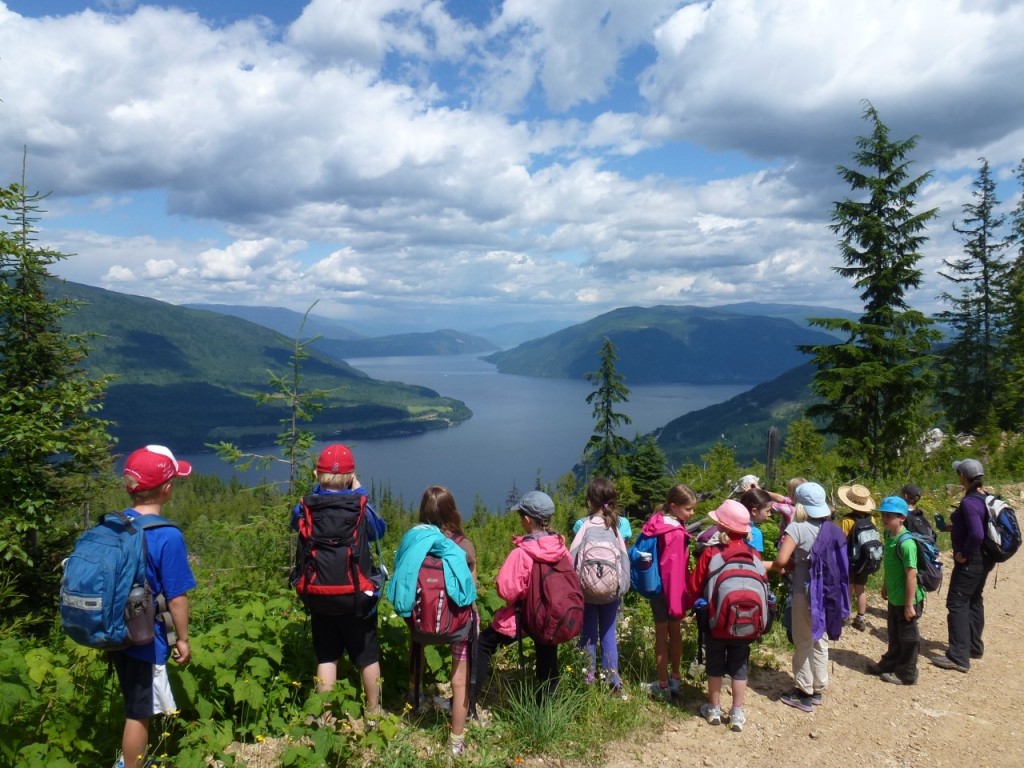 Outdoor education will benefit from sales of the book
Outdoor education will benefit from sales of the book
What makes this publishing project unique is that once all the funds are raised to design and print the approximately 300-page book, revenue from book sales will be used to support the outdoor learning initiative and help get students outdoors to study nature. The project will also become self-supporting, as half of the money from book sales will be used for further printings and to cover the publishing costs for the next volumes.
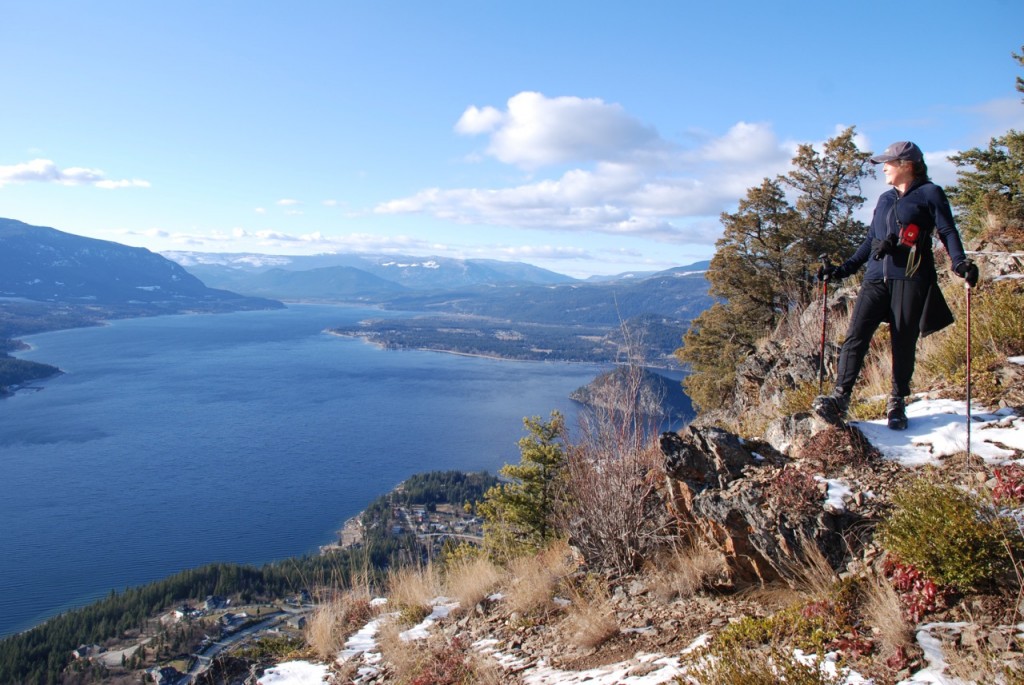 Blind Bay Lookout
Blind Bay Lookout
Volume one of Everything Shuswap contains five chapters and a foreword by well-known author, Alan Haig-Brown. Chapter one’s watershed tour describes social and geographical features for each of the sub-drainages, including recreational opportunities and little known details. An overview of the geological forces that shaped our region is in chapter two, which also includes histories of mining projects. Chapter three provides insight into the region’s ecology, including many wildlife species, limnology (lake ecology) and the roles of land use planning.
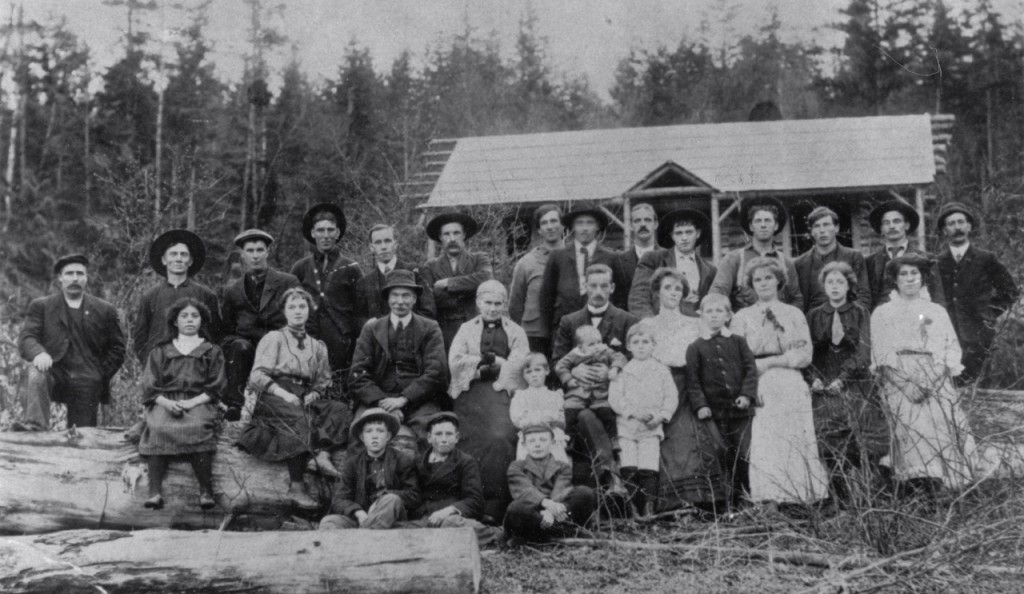 Celista Pioneers, circa 1915
Celista Pioneers, circa 1915
The history of the Secwepemc people who have lived here for over 9,000 years is covered in chapter four and describes their egalitarian and peaceful culture that suffered greatly from exploitation and abuse. Chapter five provides the history of settlement up until World War One as well as some analysis of the factors behind settlement. Most of the chapters contain “boxes” on key topics, including prominent people, the salmon runs, early lake transportation, and special features.
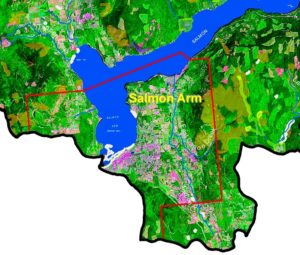 Close-up of sub-drainage map (brown is protected old growth forest)
Close-up of sub-drainage map (brown is protected old growth forest)
There will be spectacular colour photos, fascinating historical photos, graphs, statistics, illustrations, and unique maps in the book. A complete index and glossary will assist students as well as all readers and eventually, the schools will benefit even more when they receive all the digital background material used for the book.
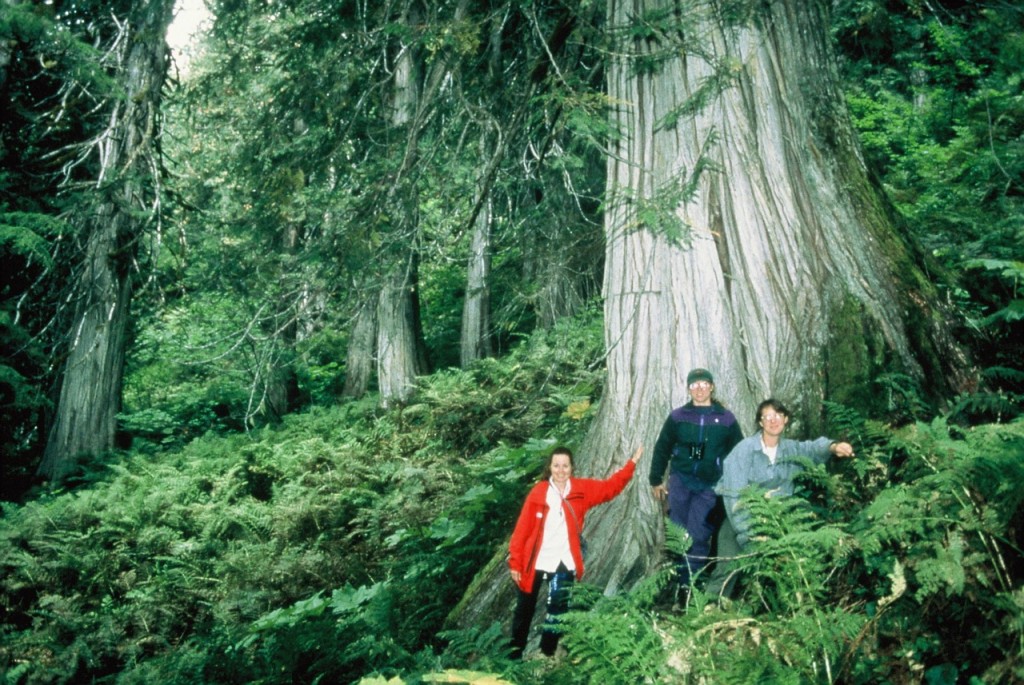 Upper Seymour River Provincial Park antique rainforest
Upper Seymour River Provincial Park antique rainforest
The manuscript has been reviewed in depth by both provincial and local experts, including historians, ecologists, geologists, and educators. Review comments for the book jacket have already been provided by former CBC broadcaster, Mark Forsyth; author and naturalist Dick Cannings; and author and Globe and Mail columnist, Mark Hume, who wrote, “It’s a textbook for understanding one of the most beautiful and least understood landscapes in B.C.— and it should be mandatory reading for anyone who lives in or visits the Shuswap.”
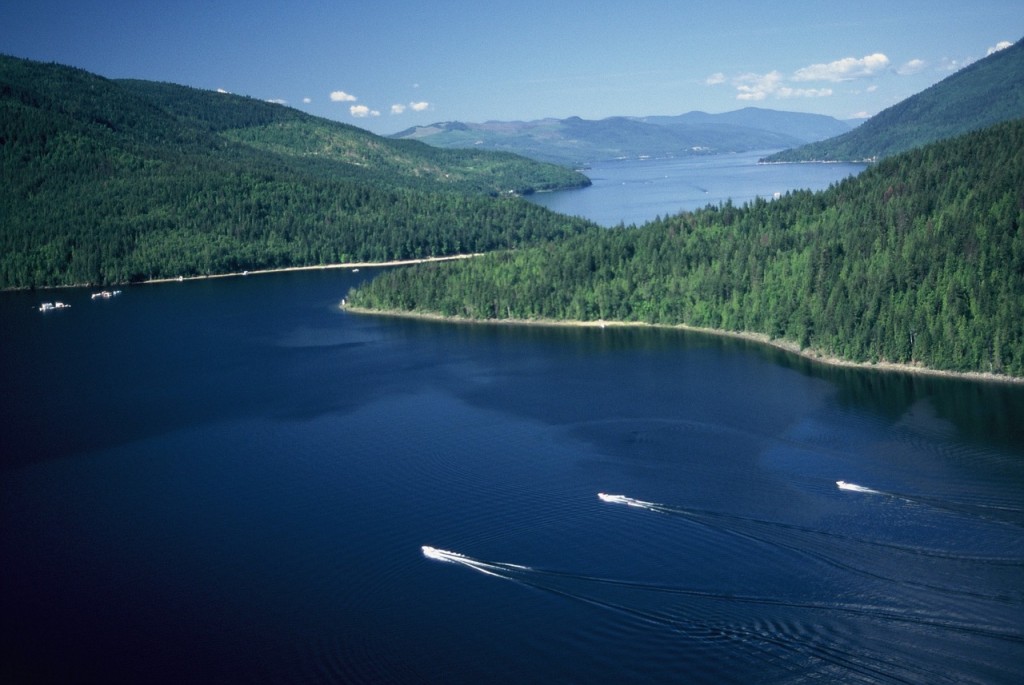 Cinnemousin Narrows, photo by Myron Kozak
Cinnemousin Narrows, photo by Myron Kozak
Everyone will benefit from the publication, including local residents who will have a comprehensive and authoritative source of local information and thus will gain appreciation and respect for their home place. Local businesses will benefit as the book will spread the word about the wonders of the Shuswap and therefore help attract more visitors and new residents. As well, local governments will benefit, as they will have a book to promote the region and share with colleagues and visitors.
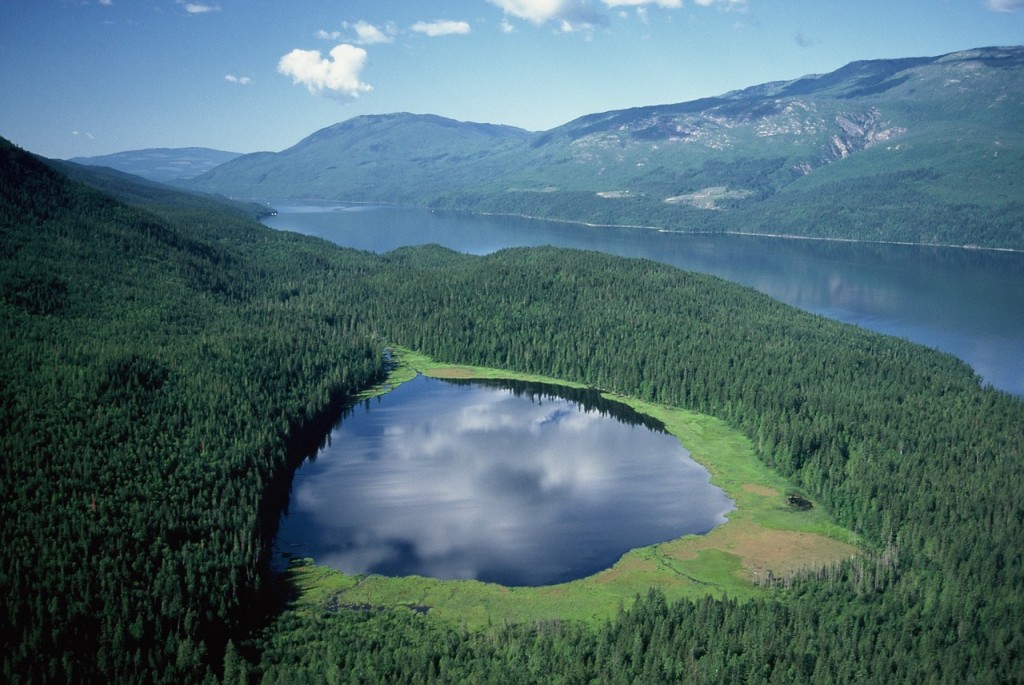 Wright Lake in Anstey Hunakwa Provincial Park, Seymour Arm in the background
Wright Lake in Anstey Hunakwa Provincial Park, Seymour Arm in the background
We are now over halfway towards our goal of raising the $22,000 needed to publish the book, most of which is needed for the printing. The Columbia-Shuswap Regional District has joined the project as a partner and additional funding has either been pledged or received from many individuals and groups, including the Adams Lake Indian Band, the Salmar Community Association, the Shuswap Naturalists and the Fraser Basin Council. All contributors will have their names recognized in the book and will receive one or more signed copies. If you want to help, visit everthingshuswap.ca.






